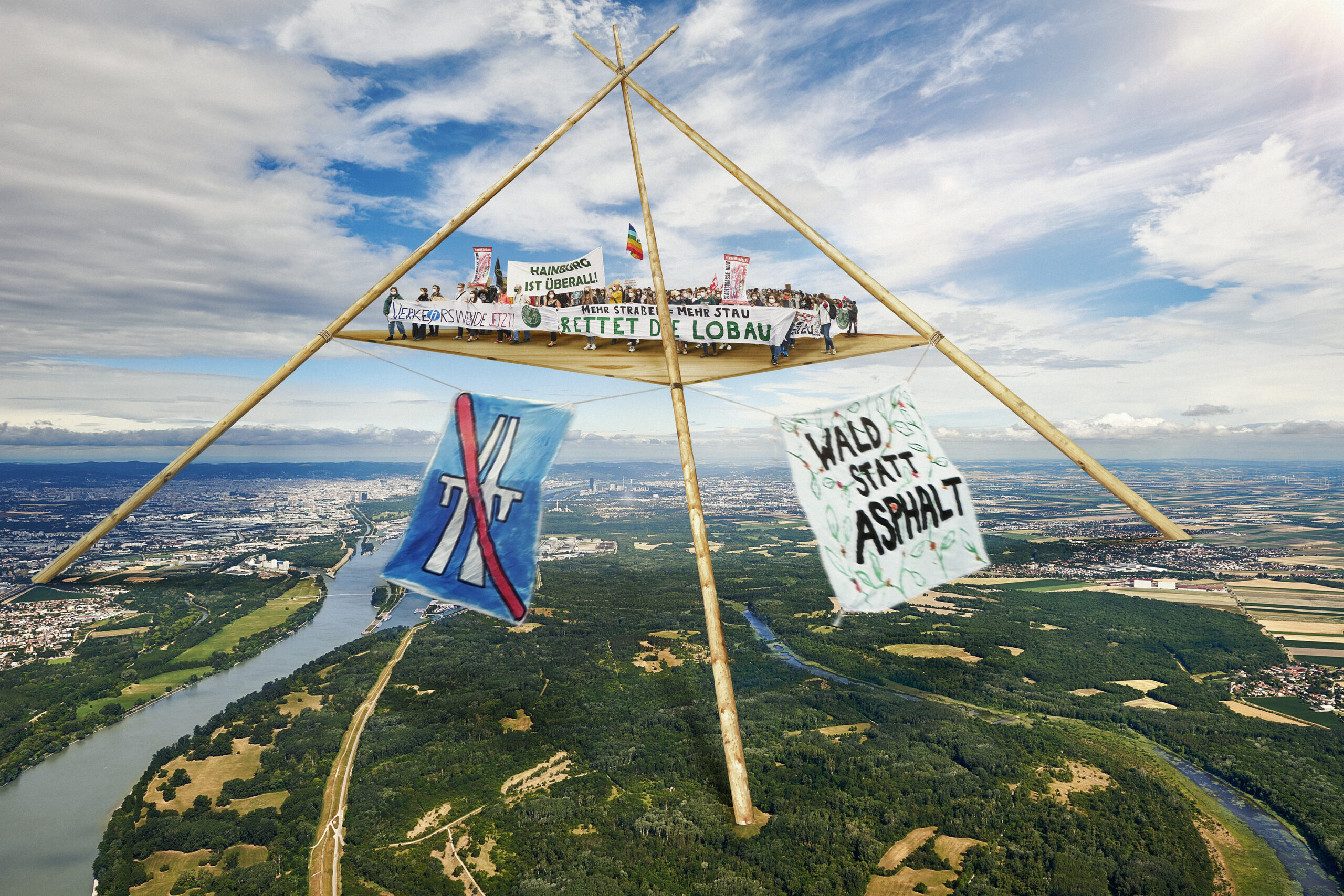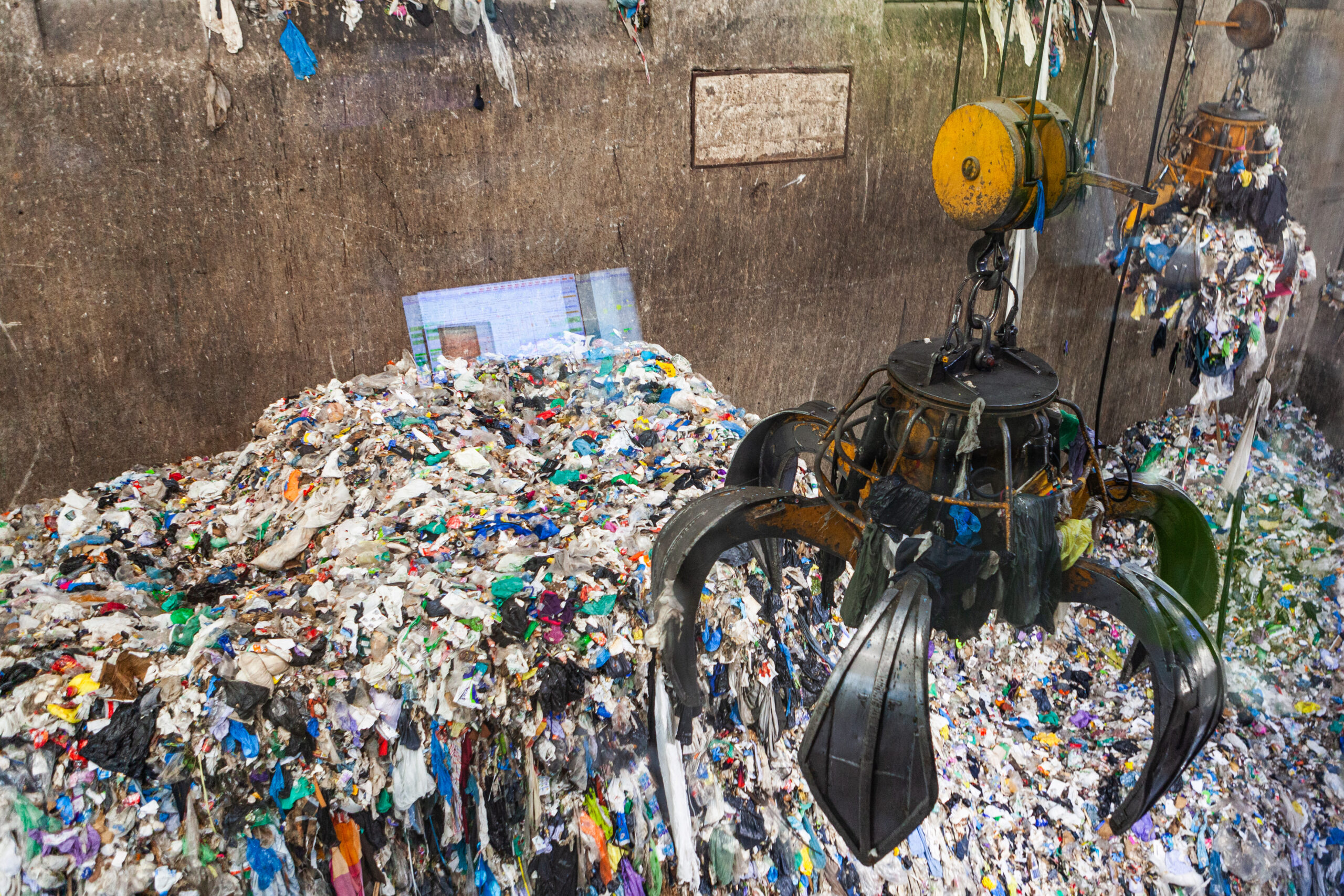Manuel Sacristán, possibly the most outstanding Spanish Marxist thinker of the second half of the 20th century, was also a pioneer in the introduction of ecomarxism. His extensive and very diverse contribution to Marxist thought was accompanied by an inexhaustible work of translation of fundamental authors of the school, in addition to a committed political militancy from which he opened himself to anti-nuclear and eco-pacifist activism – a sign that would mark, at the international level, a good part of the most prominent Marxists, sensitive to the ecological question, of the time. Many of his interventions in this regard can be found in the compilation of texts Pacifismo, ecología y política alternativa. Among other works, we propose here the reading of his 1983 conference, Marxist Tradition and New Problems, where an outline of an ecological approach to the central questions of Marxist thought was drafted.
Tradición marxista y nuevos problemas
Related Posts

Seminar: “Militant Ecotopias”
In recent years, we have witnessed a resurgence of interest in ecological utopias within social movements, artistic spaces, intellectual circles, and society in general. This search for ways to integrate the promises of a better world within planetary limits is valuable in itself, and at the same time historically significant: it reveals that environmentalism demands…

Permanent Seminar “Images (of Art) and Political Ecology”. IX Session: “Water, energy and dispossession in the imaginaries of the Francoist hydromodernity”, with Carmen Martín-Luquero.
Source: Fernando López Heptener, La presa de Aldeadávila, 1963, available at: https://www.youtube.com/watch?v=-X_yduTT1EQ. Spain is one of the countries with the largest number of dams, about 1,200. Many were built during Franco’s dictatorship as part of his emblematic hydraulic policy, aimed at addressing post-war social, economic, and energy crises. Aside from the failed autarkic economic project, this…

Permanent Seminar “Images (of Art) and Political Ecology”. VIII Session: “Energy Aesthetics. Alternatives to the Fossil and Social Footprint of Cement”, with Elena Lavellés
Photograph: Elena Lavellés. Cranes at the Valdemingómez landfill. Documentation visit 2024. The limits of nature are dissolved under layers of cement, CO2 emitted into the atmosphere and waste produced from the activity of human beings. This overview leads us to a new vision that exceeds our capacity of comprehension and places us on the edge…

